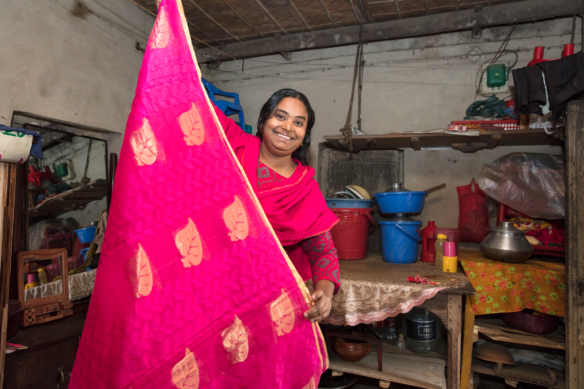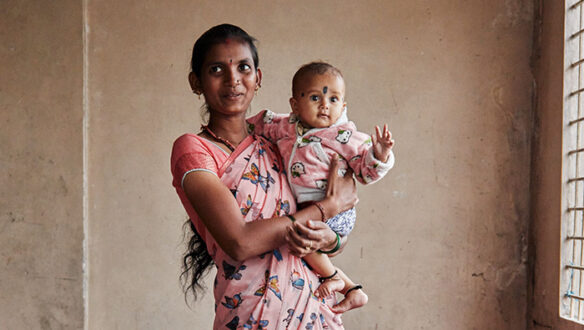Inequality is on the rise. The climate crisis is becoming more urgent every day. But rather than working together to address the big challenges ahead, the world often seems more divided and fractured. One thing is clear: continuing to do business as usual isn’t going to bring about the transformational change needed to end poverty and address the ever-growing climate crisis.
Since 2020, five billion people have become poorer as they face a prolonged cost-of-living crisis and the growing impacts of climate change and conflict, according to Oxfam’s latest global inequality report. Many are still struggling to recover from the economic impact of the pandemic and are working harder and longer hours – the average real wages of nearly 800 million workers in 52 countries have fallen. The most recent Gini index – which measures inequality – found that global income inequality is now comparable with that of South Africa, the most unequal country in the world.
But there’s also reason for hope as more governments, non-profits, businesses, and philanthropies look for new and innovative ways to tackle some of the world’s biggest challenges – together.
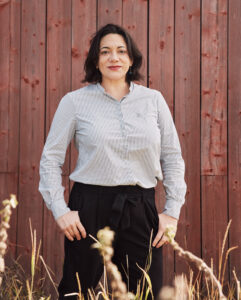
“It’s very complicated work because it’s so much easier to just come in and say ‘We’re gonna do it this way, and you follow us if you want.’ But if you want to create the transformation that’s needed to safeguard the future of the earth, you can’t do it alone, you need to create platforms for collaboration with all kinds of actors in society,” said Fernanda Drumond, Strategy Lead at H&M Foundation.
We spoke to Drumond about how to build impactful collaborations and networks of support through the Collective Impact method, as well as the role of
businesses in changing systems and embracing collaboration.
“If you want to create the transformation that’s needed to safeguard the future of the earth, you can’t do it alone.”
Fernanda Drumond, Strategy Lead H&M Foundation
The conversation has been edited for length and clarity.
Why is it necessary to work with a broad range of actors in an ecosystem if you want to transform current systems?
If only one organization, company, or government is working to solve an issue, they will only be able to create limited impact. If you want to transform an entire system and make it socially inclusive and planet-positive – whatever the issue is you want to tackle – it’s not going to change with only a little complimentary change. To transform a system, you have to address major things about that system, and even change the very purpose of the system.
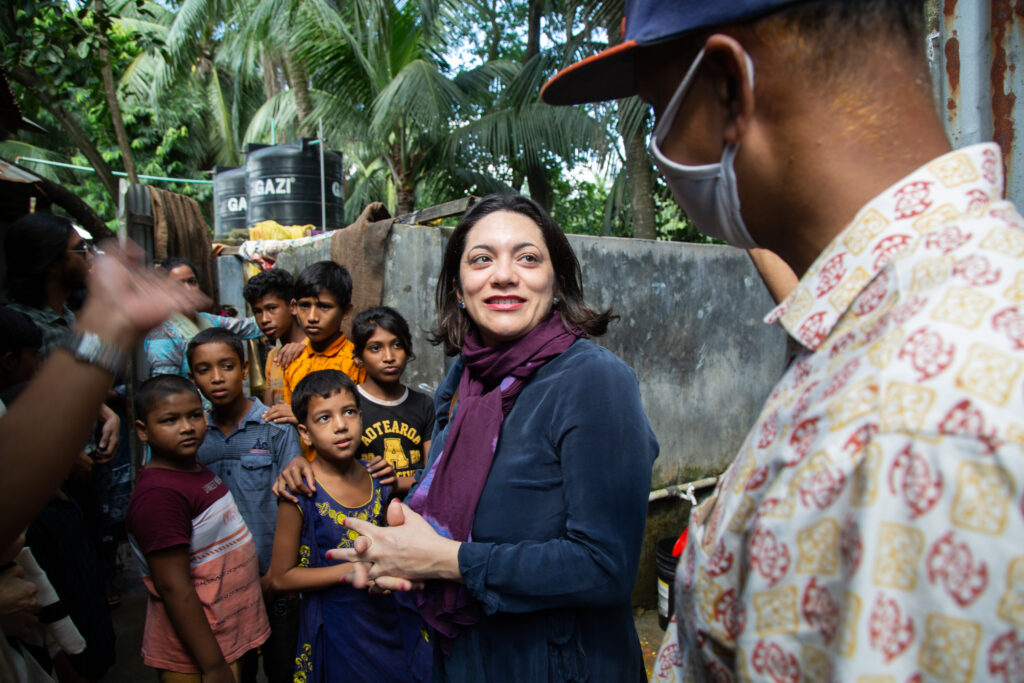
Take, for example, producing and consuming goods – it’s a system built in a linear way – and if we’re going to change the purpose of that system, it won’t be about producing and consuming anymore, but perhaps about providing well-being to people while safeguarding planetary boundaries. So the whole purpose of the system changes.
When that change is the purpose, we see the real transformation; because transformation means changing how things operate, the relationships between actors, and the behavior of individuals or companies. Even the social norms and values change, and eventually also policies and our mindsets. To achieve this, you can’t just engage one organization or one sector, you need to make sure that everyone is involved. Because if you exclude one sector, you’re not really changing the system.
New research suggests that building networks of support is necessary for potentially transformative initiatives. How is the H&M Foundation working with the Collective Impact method to do precisely that?
Our Collective Impact initiatives bring together actors from different sectors including businesses, non-profit organizations, academia, innovators, and the public sector to jointly address the intersectional causes of marginalization and poverty – all of us, at the same time. As the H&M Foundation, we bring together all these different actors and provide the platform and resources needed for the creation of this network.
“We address not only one barrier at the time – that would be working in silos – but all of them at the same time.”
All these different partners work closely with each other towards the same goals and a common agenda they have created, including a shared measurement system. It is by working together towards this common goal that they create a support network for the primary actors – the people with lived experience of the issue we’re working to solve – who, once they have the resources and agency to create solutions to their problems, become primary actors. We listen to the barriers they face to social mobility, and we address not only one barrier at the time – that would be working in silos – but all of them at the same time.
Can you share an example of how the Collective Impact method works in practice?
We have one Collective Impact initiative in Bengaluru, India working with waste pickers. They are usually very marginalized and live in deep poverty while also suffering many other social problems, including stigma. We sent a team of ethnographers to live with them for about a month and to hear about the visible and invisible barriers that they face. And there were so many, everything from feeling that they don’t have the skills to go into another occupation, or the money to get an education, as well as gender-based violence and even issues of not having an ID or a birth certificate.
What we did as H&M Foundation was to create a Collective Impact initiative to address all of these challenges at the same time, and it’s been going on for almost four years now. And what we see is that while each organization used to work on its own before, they are now working together collectively towards solutions for the same group of people. We’ve seen a huge change in the way that the population of the city of Bengaluru sees the value of the waste pickers and the amazing job they’re doing to contribute to the city’s recycling of materials.
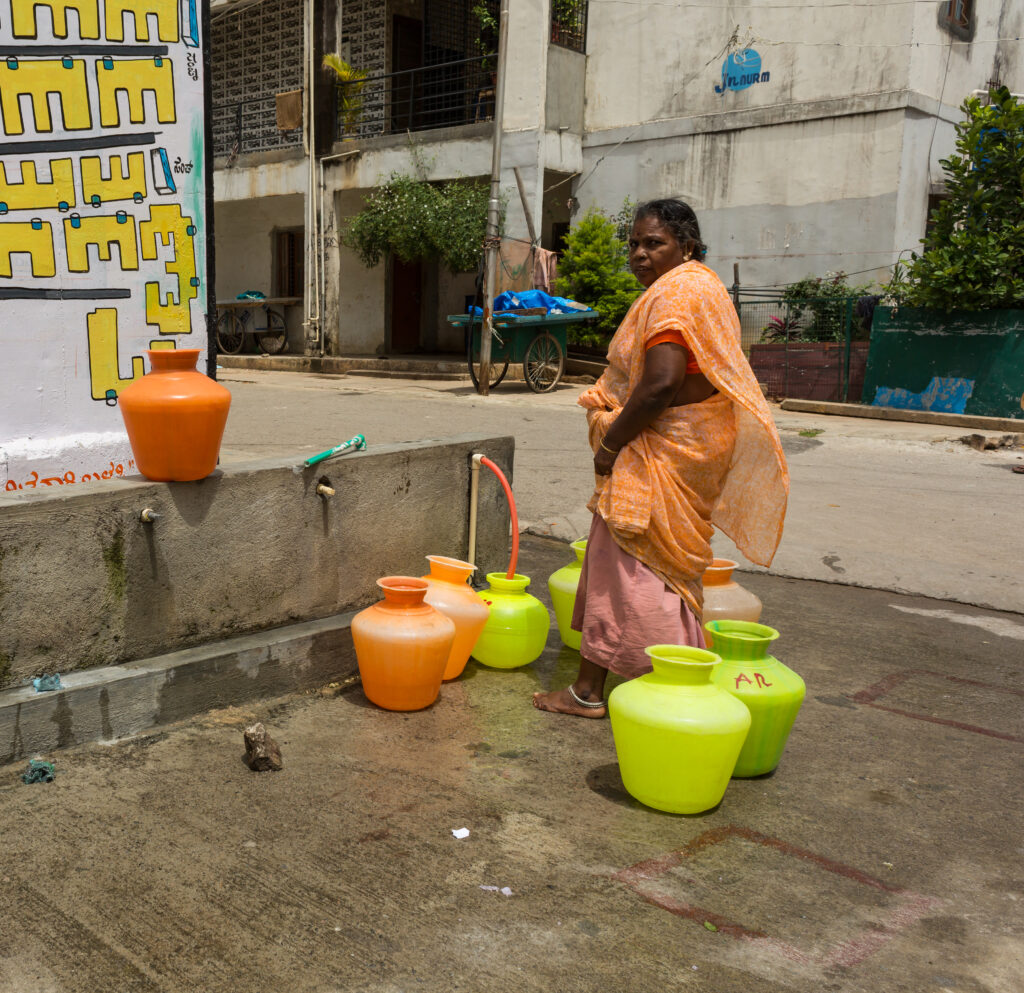
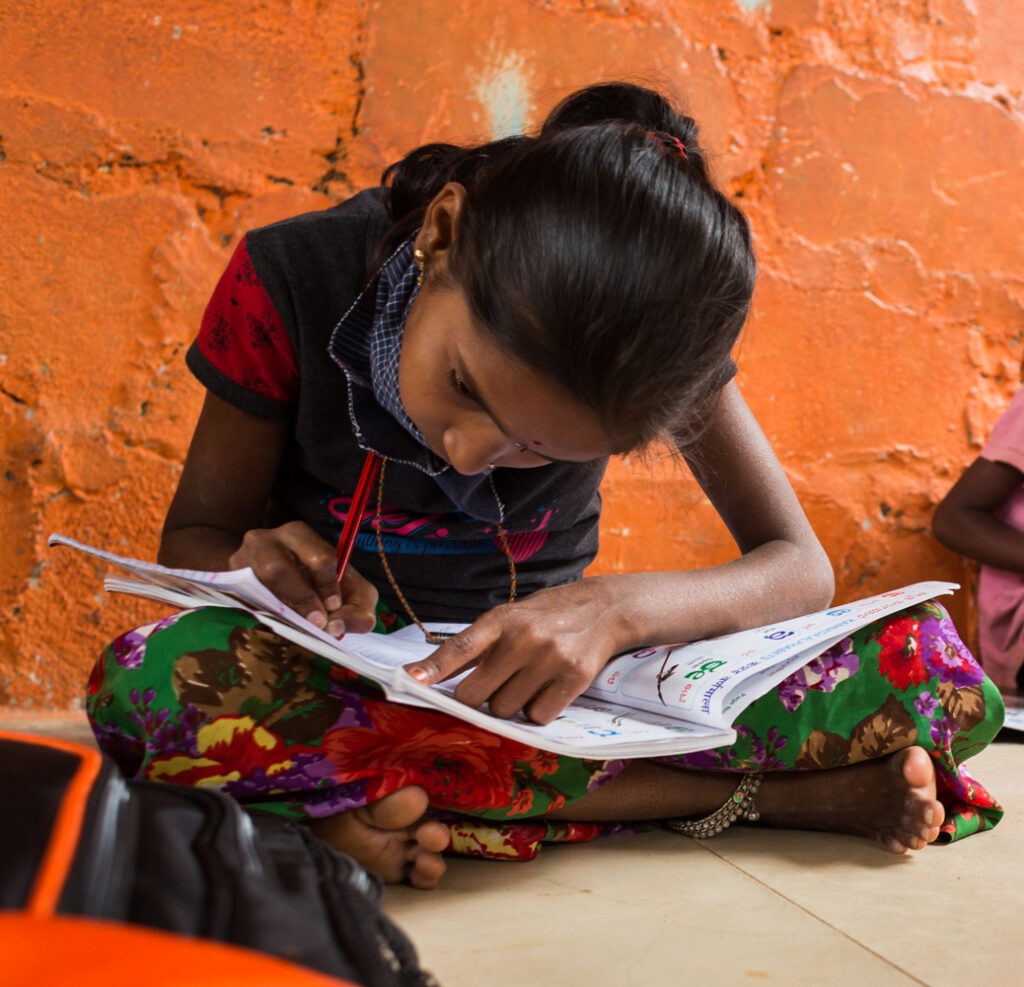
One of the organizations in the initiative works with perception change activities, another one provides skills training, and one provides education for the children of waste pickers, just to give you a few examples. Working in this way has helped to change the system of waste management in Bengaluru and has even managed to bring about the change in power relations that was needed.
How do you see the role of social entrepreneurs and the private sector in this ecosystem, and their role in driving systems transformation?
Social entrepreneurs are really strong levers for systems transformation. They have a different purpose that’s not only about making a profit and offering a service or product, but about bringing change to a specific community. That can be creating different relationships with suppliers, buyers, and employees: the business model that they bring to the table is more equitable and more inclusive. These new business models help change the relationship with the other actors in the system, and that’s what helps transform the entire system. Many of their innovative ideas are usually bottom-up, and that’s how they can change the rules of the game and shift power relations.
To support these types of entrepreneurs we have worked with different innovation challenges. One of them is called Techtonic – Innovations in Circular Economy and is a nationwide challenge in India looking to identify and curate local, disruptive innovations addressing problems in waste management while also improving the livelihoods of waste pickers.
For example, there’s one social enterprise we supported that has come up with a new way to recycle potato chip bags. These multi-layered packages made of plastic are also metalized, making them almost impossible to recycle. But Ashaya found a way to break down the different layers and recycle this kind of packaging, which normally would end up in landfills. The most beautiful part is that the company employs waste pickers to work with them, to not only collect the material, but also by involving and upskilling these employees along the different steps of their value chain. The recycled material is used to create different fashion products such as sunglasses.
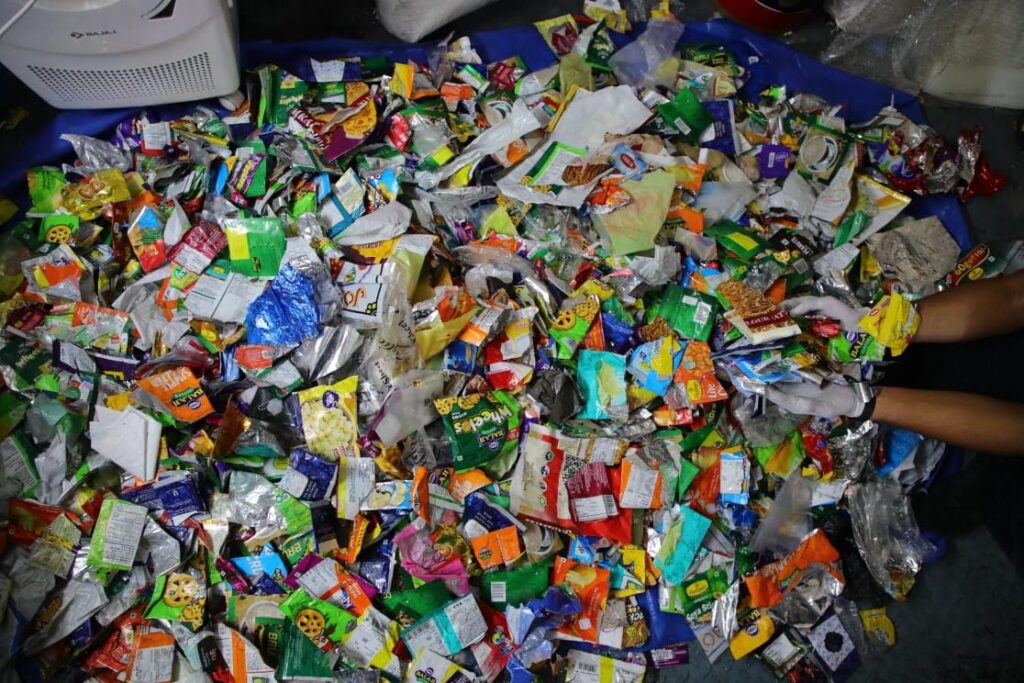

What should businesses looking to achieve sustainable and inclusive change keep in mind? What role can they play in driving change?
It’s only through collaboration that we can create the transformation we need to save our future. To give you an example: usually, civil society organizations and philanthropists stay away from the private sector because they are seen as “the bad guys.” But they’re not – they are also just trying to survive, make money, and create better jobs and better conditions for people. So let’s embrace the need to work in collaboration instead of working in silos. Let’s think differently and work in collaboration with others in all areas possible. Businesses can help leverage transformation by changing the mechanisms of how they operate, doing things differently, and working collectively. Businesses should also share more information with the public, including their successes and their failures – share more data, and be brave in how you inform the public about what you are doing.
